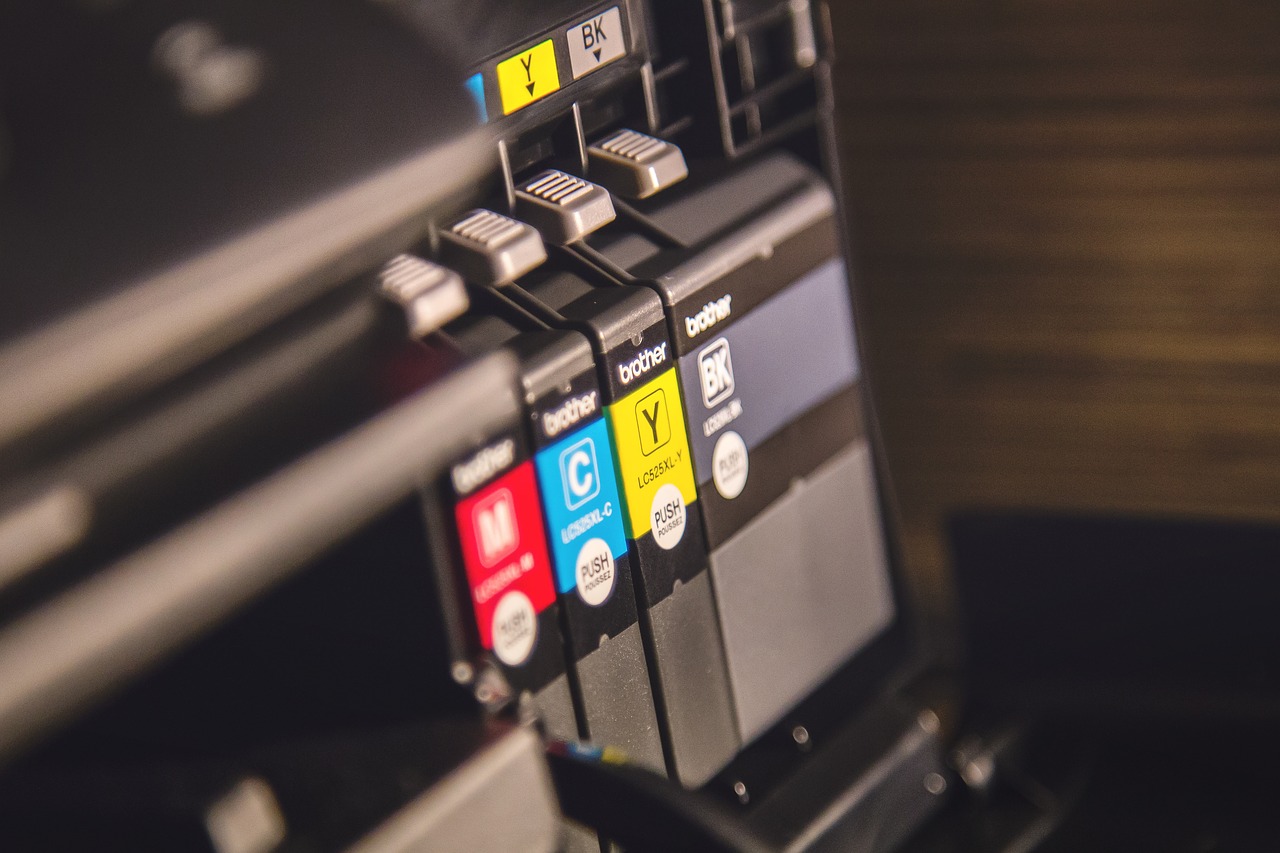If you’ve ever wondered what goes on below the subtle exterior of a laser printer, then you’ve come to the right place for answers as we’ll be delving into the anatomy of a printer to see exactly how it works.
The major components
In essence, the basic laser printer has 8 fields namely:
- High voltage power supply (HVPS): It supplies high DC voltages to a pair of corona wires after converting the current from an AC source.
- DC power supply: Provides the paper transport motors and the formatter board with the right levels of VDC i.e. about +24 for the board and between -5 to +5v for the motors.
- Toner cartridge: which consists of the charge corona wire, print drum, the toner itself and the cleaning blade. The toner is a mixture of polyester resins and iron oxide built on a carbon formulation.
- Formatter Board: An electronic circuit that can be considered as a small computer on its own. It transfers the data to be printed from the computer to the printer.
- Transfer Corona Assembly: a roller or a wire and its placement is right underneath the printer cartridge.
- Fusing Assembly: refers to a fusing and pressure roller and a heating lamp.
- Laser Scanning Assembly: refers to the laser source and a mirror that redirects the beam.
- Paper Transport Assembly: This is the mechanism that moves the paper and it is made of a train of rollers and a motor.
All these fields work hand in hand to convert text from a software format to a hard copy medium as highlighted below.
The Process of Printing
The printing phase consists of six stages as follows:
1) Charging
The toner drum surface is charged to a consistent negative voltage of 600 VDC by the charge corona wire.
2) Exposing
In steps the laser unit which is guided by the signals from the formatter board to scan the drum sideways. The laser beam drops the voltage of the area it touches to -100 VDC and an image is formed on the toner drum as the drum rotates.
3) Developing
The drum areas at this new voltage receive the toner and a developer roller pin inside the cartridge attracts the toner through magnetism and because of electrostatic charge build up as well. After this phase, the drum is embedded with toner along the laser paths.
4) Transfer
The formatter board triggers the operation of the registration rollers which, in turn, align the paper below the drum and as the paper moves through, the image is transferred onto it. The paper develops a high positive charge as influenced by the transfer corona and because the toner on the drum’s surface is of a lower and opposite polarity, the toner is attracted to the paper. A static eliminator discharges the paper after the process to prevent it from sticking to the cartridge.
5) Fusing
A duo of heated rollers- known as the fuser- melt the loose toner onto the paper through the action of a pressure roller and a scorching halogen lamp. The paper passes through extremely fast so it doesn’t burn up.
6) Cleaning
The process is now done and dusted quite literally as the drum surface is cleaned by a discharge lamp that erases the image. The charge corona wire applies the positive voltage a new to the drum surface and the printer is ready to print again.



















No Comments
Leave a comment Cancel